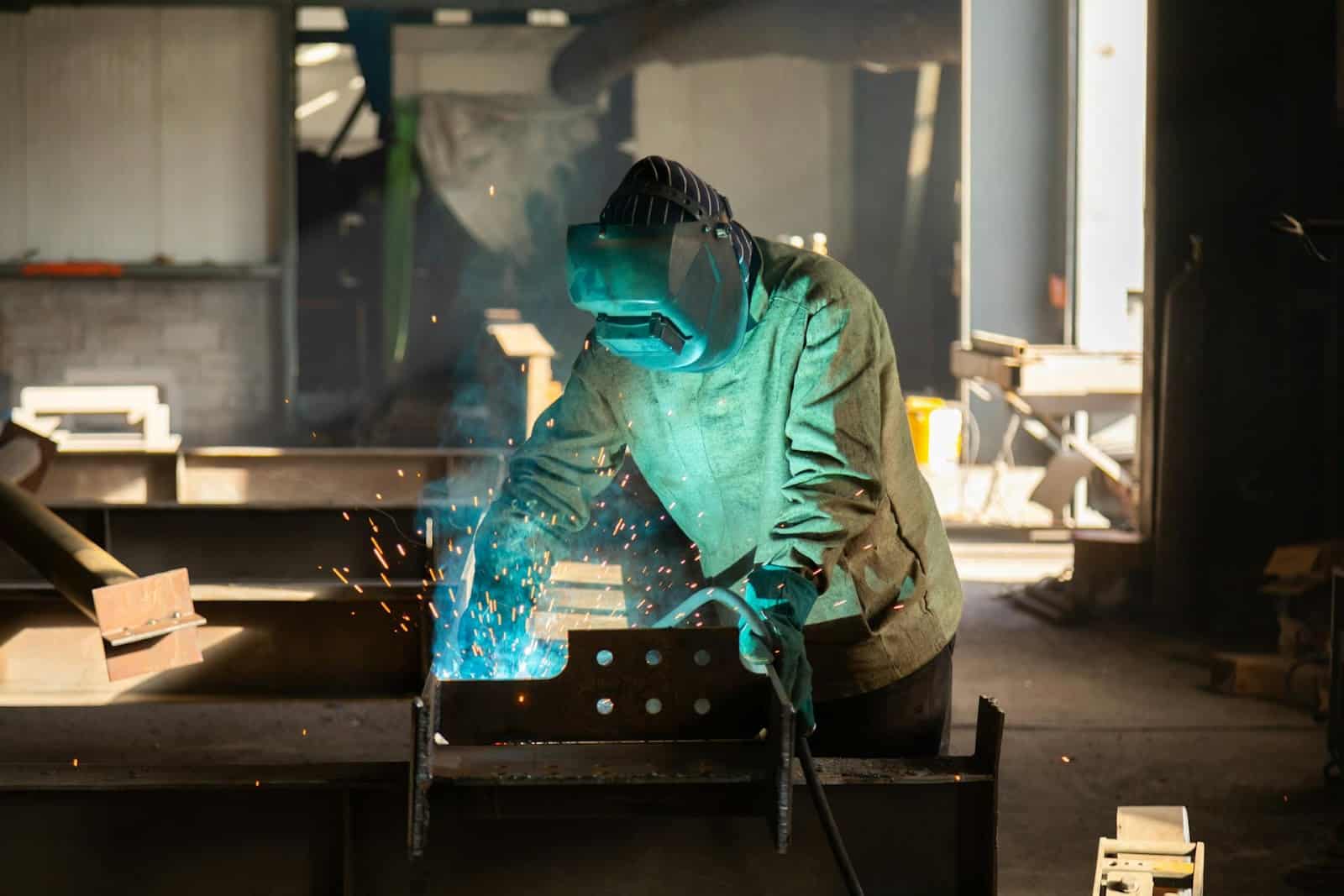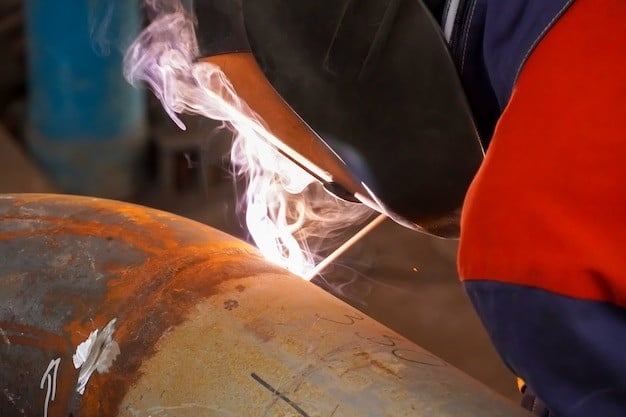
How Welding Affects Your Eyes: Facts & Real Protection Tips
The brilliant arc of a welder creates one of the most spectacular displays in the industrial world, and one of the most dangerous to human vision. That intense light that illuminates your workspace contains invisible radiation capable of causing permanent eye damage in seconds. Yet despite the serious risks, misconceptions







